10 Simple yet Powerful Tools to Kickstart an Elearning Classroom
The eLearning industry is definitely thriving in the digital age as technology changes not only the way students learn, but also the way educators teach. According to the E-Learning Market Trends & Forecast 2014 – 2016 report, the global market for self-paced eLearning in 2011 climbed to $35.6 billion and, based on a projected 7.6% or so five-year compound yearly growth rate, should increase to around $51.5 billion this year.
How will all of this impact our classroom? Read on for the top 10 elearning tools trending right now. Whether you are a student studying for your GMAT exam or a teacher looking to give your classroom an e-learning makeover, you’ll have the option to leverage these basic innovative eLearning tools.

What is it? If you’ve ever used Google Drive, you know that it’s a type of cloud storage solution where you can store all sorts of content that can be retrieved, changed, and shared as required.
How does it work for eLearning? Google Drive can be used to remotely store files and data, which will ensure that you never misplace your learning materials; to create group projects using Google Docs, which will enhance the eLearning experience by facilitating peer-to-peer interaction; to get a hold of projects from anyplace and at any time using your smartphone or tablet, which will allow you to study when it’s most convenient.

What is it? Momentum is an extension to the Chrome web browser that features a to-do list and more.
How does it work for eLearning? With the to-do list function, you can keep track of assignments, exams, study dates, and more. And since it’s so intuitive and easy to use, the odds are that you’ll regularly use this little app to stay on top of your tasks. With the link widgets feature, you can easily access pages. What this means is that you can make it easier to find online research that you need to complete assignments.
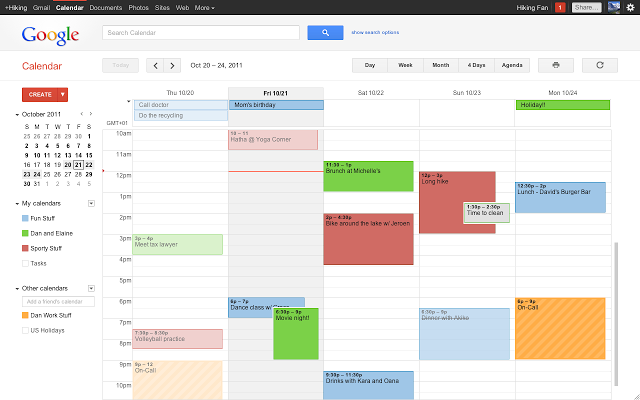
What is it? Google Calendar is a great tool for eLearning and other things since it’ll help you to plan and organize your day.
How does it work for eLearning? In the eLearning environment, you can use Google Calendar to set up notifications for impending deadlines; forward invitations to classmates who might want to work on group projects; and merge your own Google Calendar with the eLearning course’s Google Calendar, which will help you to see due dates in relation to your own schedule.
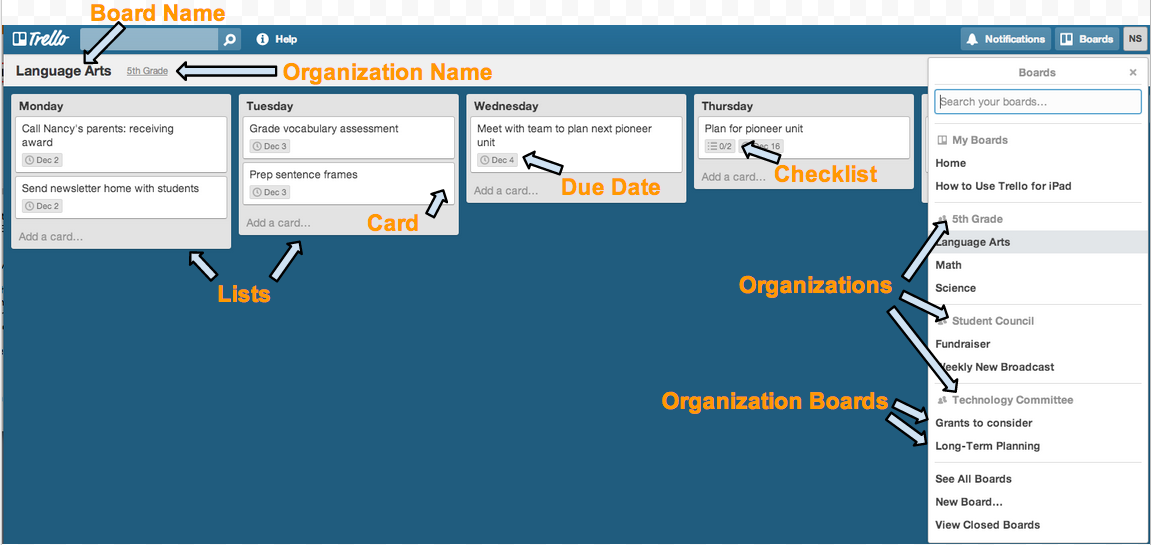
What is it? Trello allows teams in a company — or students in a class — to organize all sorts of big and small tasks.
How does it work for eLearning? Trello includes boards, cards, and lists that facilitate coordinating and overseeing various tasks. Projects can also be color coded, which makes it easy to stay on top on how things are progressing. As well, the system can be configured to send all relevant parties an email notification once something is updated. As you can see, Trello is actually a project management app. Its three categories — to do, doing and done — will help you to stay on track and to get assignments in on time. It’s also a cross-platform application, so you can use it on any mobile device.
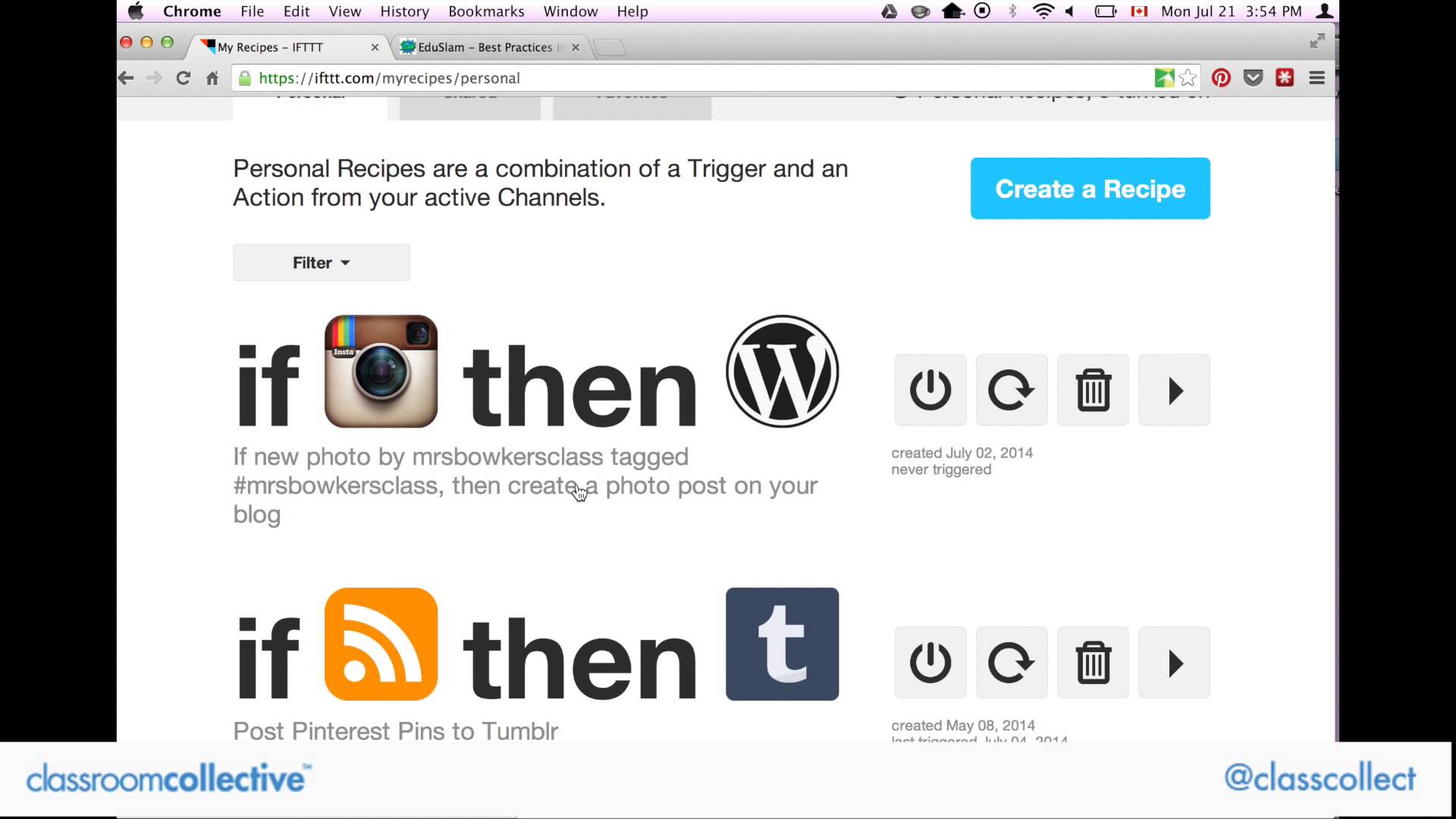
What is it? This tool establishes connections between different apps. So, for instance, you can configure it so that a certain event occurring in one of your apps triggers a predetermined action in another app.
How does it work for eLearning? As a student, there are lots of things you can do with IFTTT. For instance, you can use it for faster scheduling (it works with Google Calendar), keep on top of recurring tasks, catalog important emails, and keep track of how you’re spending your time. In the eLearning environment, you can use IFTTT to, for instance, automatically send yourself an email notification whenever your instructor uploads another lecture to YouTube or whatever platform he or she uses for the course.

What is it? With Tableau, you can use an eLearning tool at no cost to generate visualizations.
How does it work for eLearning? In the eLearning context, you can curate data models and construct dashboards before sharing them with other students or your instructors. Tableau Desktop, which is cost-free for students and instructors, is a good option for enhancing the learning experience with a visual analytics platform. This sort of solution is particularly useful if you’re a visual thinker who likes to see rather than hear.

What is it? This one hardly warrants an explanation since it’s so widely known and used. YouTube is a video-sharing website that features videos covering just about every imaginable topic.
How does it work for eLearning? With YouTube, you can watch course lectures created in webinar format and share video content with classmates by selecting the privacy settings. Meanwhile, the instructor can attach links and annotations to webinar videos so that with the click of a mouse, you can access online materials relevant to your course. As well, your instructor can use YouTube to encourage you and your fellow students to comment and discuss course videos.
- Microsoft Office Suite

What is it? Microsoft Office is a suite of applications that includes Microsoft Word, Excel, Access, Publisher, PowerPoint, and Outlook.
How does it work for eLearning? Microsoft’s productivity suite, otherwise known as Microsoft Office, can be just as useful in an eLearning environment as it is in a regular classroom environment. You can use it to write assignments, prepare presentations, create spreadsheets, and more. The various components of the Microsoft Office suite, moreover, can be integrated with a lot of different eLearning platforms and sophisticated edtech tools.
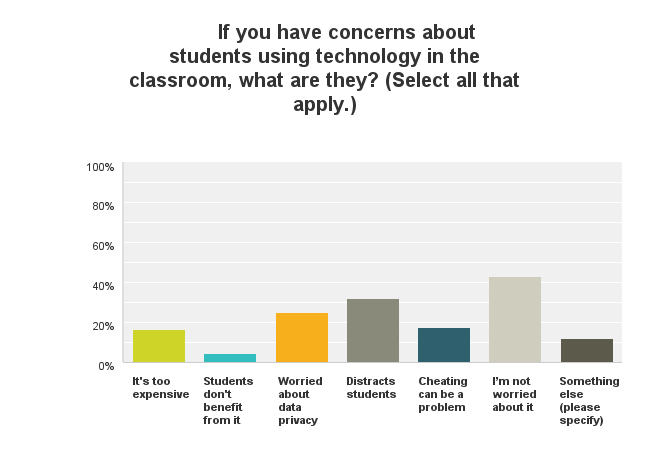
What is it? It is a tool for getting feedback online.
How does it work for eLearning? This tool is probably better suited to eLearning educators since they can use SurveyMonkey to, say, get feedback on how students rate a course. Your eLearning instructor can also use SurveyMonkey to create tests based on the multiple choice format. Furthermore, the fact that it’s an Internet-based tool means that you only require Internet access, rather than specific software, in order to access SurveyMonkey.

What is it? Podcasts are digital audio files that can be used for tutorials, courses, and other things.
How does it work for eLearning? These audio or video files can be downloaded onto any mobile device that you have. You can use it to archive class lectures and learn languages more easily since hearing words spoken is better than simply seeing them written down on a screen. With podcasts, you can make eLearning easy since you’ll be able to listen to or watch the podcasts while you workout, when you’re riding on the bus, and when you’re sitting out on the back deck of your home. Podcasts are also an interesting edtech tool to integrate media literacy in classroom.
So, there you have it — the 10 top eLearning tools trending right now. Give them a try and see just how useful they can be for you educational and personal needs.
What all e-learning tools and platforms are you using in your classrooms? Tell us in Comments.
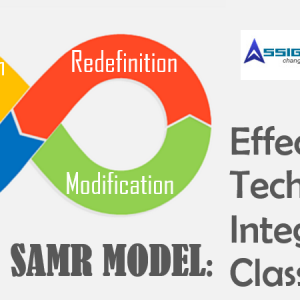

![This is Why Teachers Need Tablets for Flipped Classrooms [Infographic] ipads in classroom](https://www.assignmenthelp.net/blog/wp-content/uploads/2017/03/tablets-in-classroom-300x300.png)